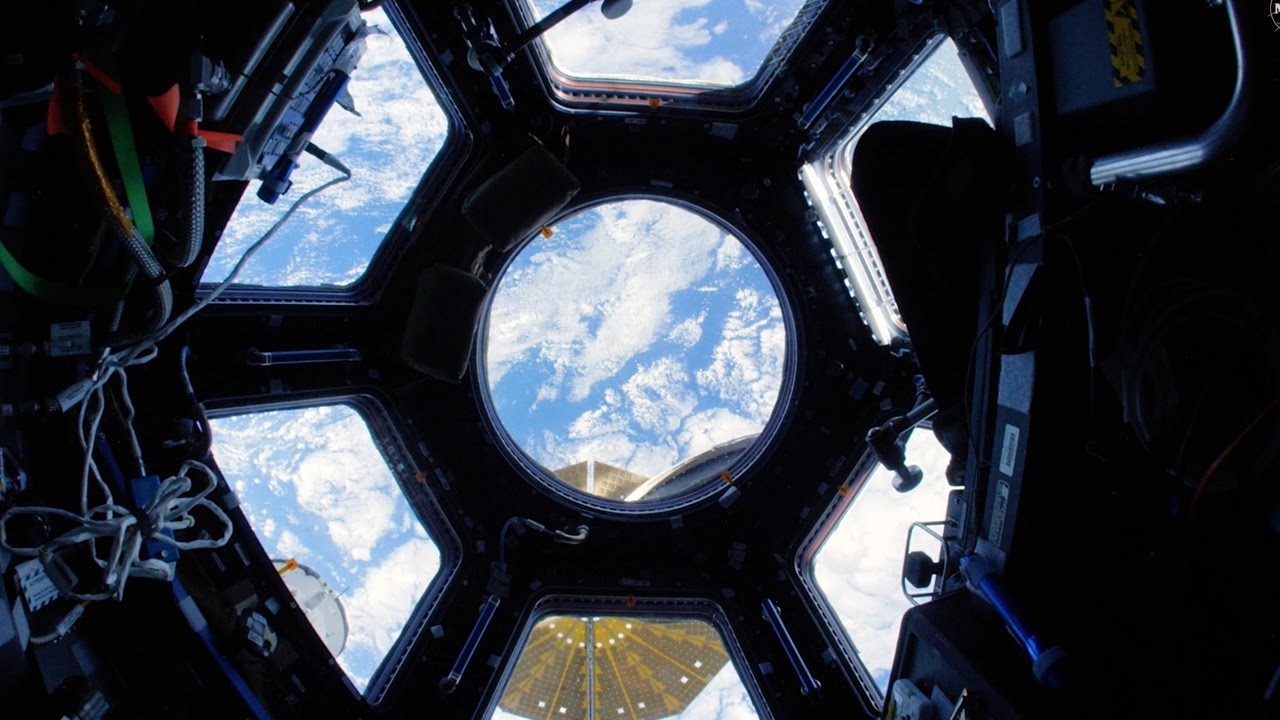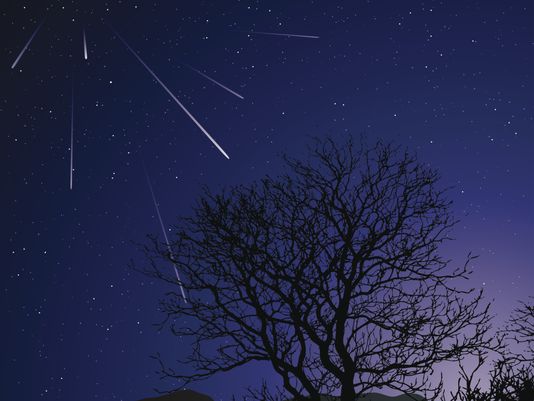
November 2016 Sky
- Posted by OCastronomy
- On October 31, 2016
- 0 Comments
- Aldebaran, Antares, Beehive cluster, Castor, Jupiter, Leonid meteor shower, Mars, Pleiades, Pollux, Regulus, Saturn, Spica, Taurid meteor shower, Venus
November 2016 Sky
| 2 | Moon near Saturn (34° from Sun, evening sky) at 20h UT. Mag. +0.5. |
| 3 | Moon near Venus (38° from Sun, evening sky) at 6h UT. Mag. -4.0. • Crescent Moon and Venus (APOD) |
| 6 | Moon near Mars at 11h UT. Mag. +0.4. |
| 7 | First Quarter Moon at 19:51 UT. |
| 12 | Northern Taurid meteor shower peaks. Meteors often appear slow moving (28 km/sec) with the occasional very bright fireball. • The Taurids (Gary Kronk) |
| 14 | Moon at perigee (closest to Earth) at 11:30 UT (356,509 km; angular size 33.5′). Closest since 1948. Perigee only 2.4 hours before Full Moon. |
| 14 | Full Moon at 13:52 UT. Super Moon! • Supermoon (Wikipedia) • Full Moon Names (Wikipedia) |
| 15 | Moon near the Pleiades (morning sky) at 2h UT. • The Pleiades (Wikipedia) |
| 15 | Moon very near Aldebaran (163° from Sun, morning sky) at 17h UT. Occultation visible from Central Asia. • Occultation of Aldebaran (IOTA) |
| 17 | Leonid meteor shower peaks. Arises from debris ejected by Comet Tempel-Tuttle in 1533. Produces very fast meteors (71 km/sec). Expect 10 to 15 meteors per hour under dark skies. Best observed pre-dawn hours of 17 Nov. Moonlight interferes. • The Leonids (Gary Kronk) • Meteor Shower Calendar PDF (IMO) • Leonids Over Monument Valley (APOD) |
| 18 | Moon near Castor (morning sky) at 12h UT. |
| 18 | Moon near Pollux (morning sky) at 17h UT. |
| 19 | Mercury 2.8° NNE of Antares (13° from Sun, evening sky) at 6h UT. Mags. -0.5 and +1.0. |
| 19 | Moon near Beehive cluster (morning sky) at 17h UT. • Beehive Cluster (Wikipedia) • M44: The Beehive Cluster (APOD) |
| 21 | Last Quarter Moon at 8:33 UT. |
| 21 | Moon near Regulus (morning sky) at 10h UT. |
| 23 | Mercury 3.4° S of Saturn (15° from Sun, evening sky) at 16h UT. Mags. -0.5 and +0.5. |
| 25 | Moon near Jupiter (morning sky) at 3h UT. Mag. -1.8. |
| 25 | Moon near Spica (morning sky) at 19h UT. |
| 27 | Moon at apogee (farthest from Earth) at 20h UT (distance 406,554 km; angular size 29.4′). |
| 29 | New Moon at 12:18 UT. Start of lunation 1162. • Lunation Number (Wikipedia) |
| November 2016 Sky All times Universal Time (UT). USA Eastern Summer Time = UT – 4 hours. | |


